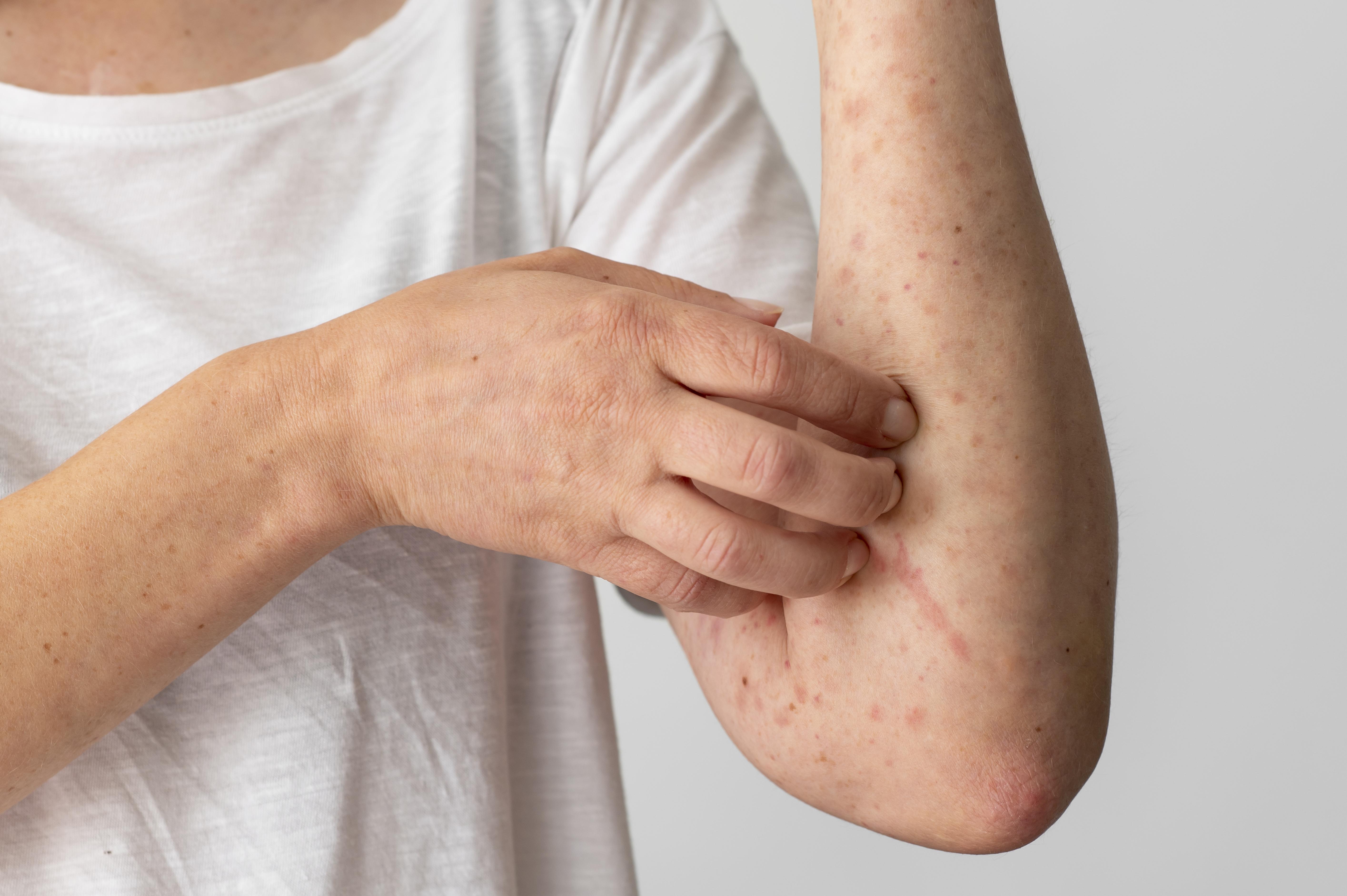Chicken Pox Scars

Chickenpox is a common viral infection that typically occurs in children. While most people recover from chickenpox without complications, some individuals may be left with scars as a result of the infection. In this article, we will discuss the causes, symptoms, and treatment options for chickenpox scars.
What causes Chicken Pox Scars?
Chickenpox scars are caused by the inflammation that occurs when the skin is infected with the varicella-zoster virus. This inflammation can lead to the formation of blisters that can become infected. Once the inflammation subsides, and the papules heal, they leave behind depressed scars.
Why should you treat Chicken Pox scars?
The most common symptom of chickenpox scars is the appearance of scars on the skin. These scars may be deep or shallow, and can be red, discolored, or raised. They may also cause discomfort or itching.
How to Prevent Chicken Pox Scars?
Preventing chickenpox scars can be difficult, but there are steps that individuals can take to reduce their risk of scarring. These steps include:
- Avoiding scratching or picking at chickenpox blisters.
- Keeping the skin clean and dry to prevent infection.
Taking steps to minimize the appearance of scars as soon as they develop
What are the treatment options available for Chicken Pox Scars?
Chicken pox scars are difficult to treat and one should refrain from by any type of home remedies or over the counter creams to avoid damaging the skin. Patient should always consult board certified Dermatologist for any advice on treatment these scars.
There are several different treatment options for chickenpox scars, including:
- Topical creams: These creams can help to reduce the appearance of scars and improve the texture of the skin.
- Chemical peels: This involves applying a chemical solution to the skin to remove the top layer and promote the growth of new, smoother skin.
- Microdermabrasion: This involves using a specialized device to remove the top layer of skin and promote collagen growth.
- Laser therapy: This involves using a laser to resurface the skin and promote collagen growth.
- Dermal fillers: This involves injecting a filler material into the skin to fill in and smooth out scars.
- Surgery: In some cases, surgery may be necessary to remove deep or severe scars.
Chickenpox scars can be a source of self-consciousness for individuals who have had the infection. Treatment options for chickenpox scars include topical creams, chemical peels, microdermabrasion, laser therapy, dermal fillers, and surgery. Preventive measures include avoiding scratching or picking at chickenpox blisters, keeping the skin clean and dry, and taking steps to minimize the appearance of scars as soon as they develop. If you have concerns about chickenpox scars or other skin conditions, consult with a qualified medical professional to determine the best course of action for your specific needs.
